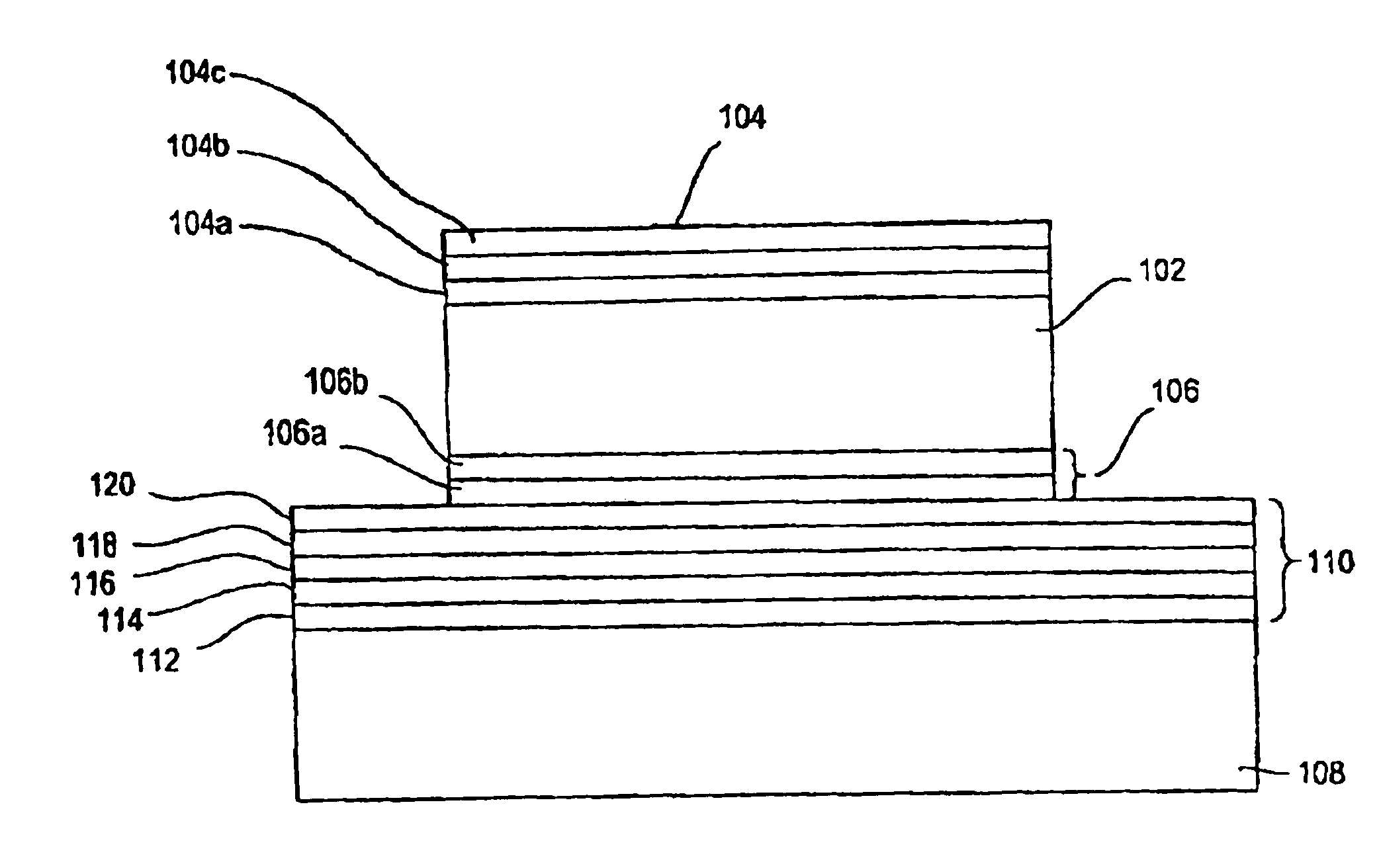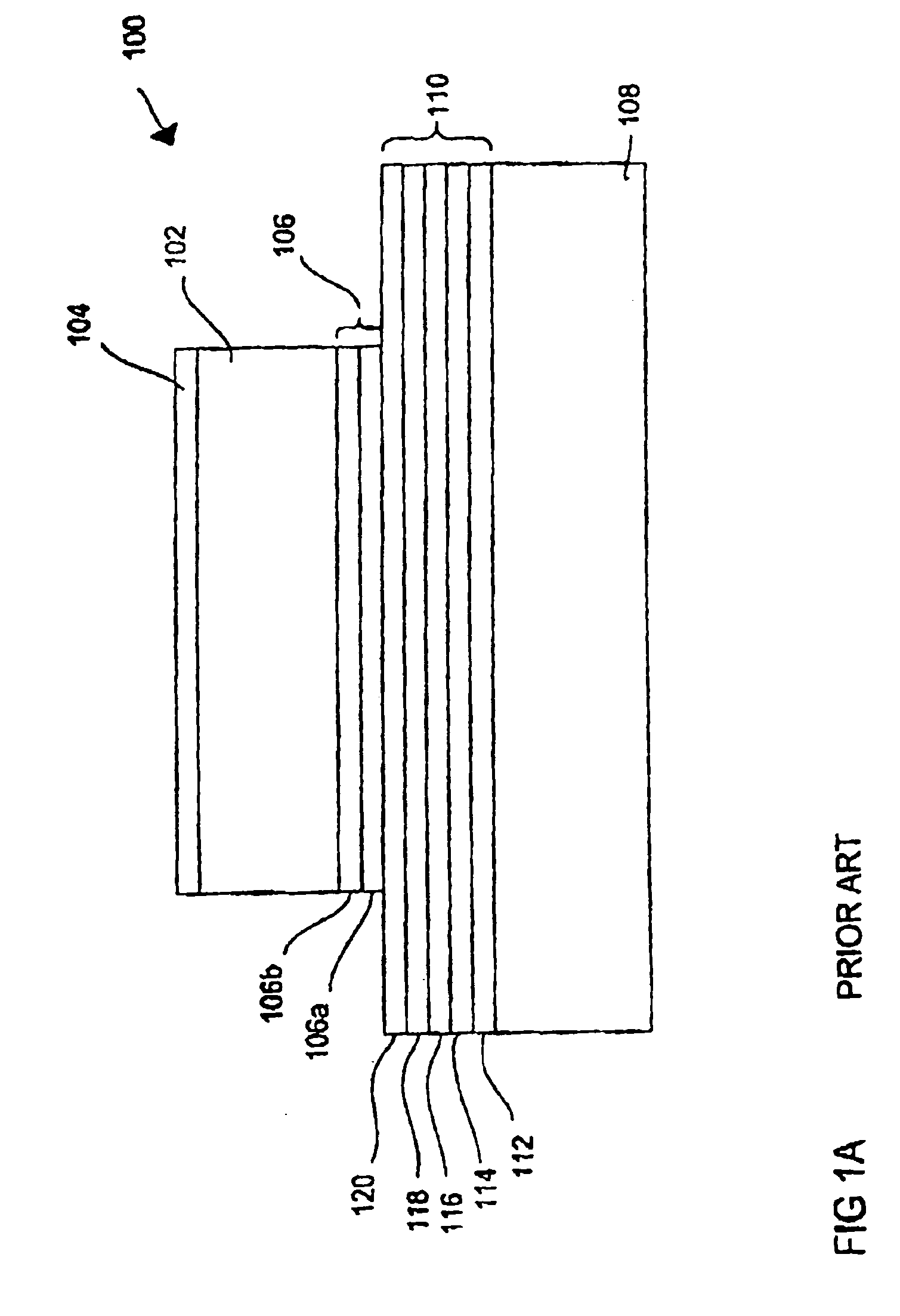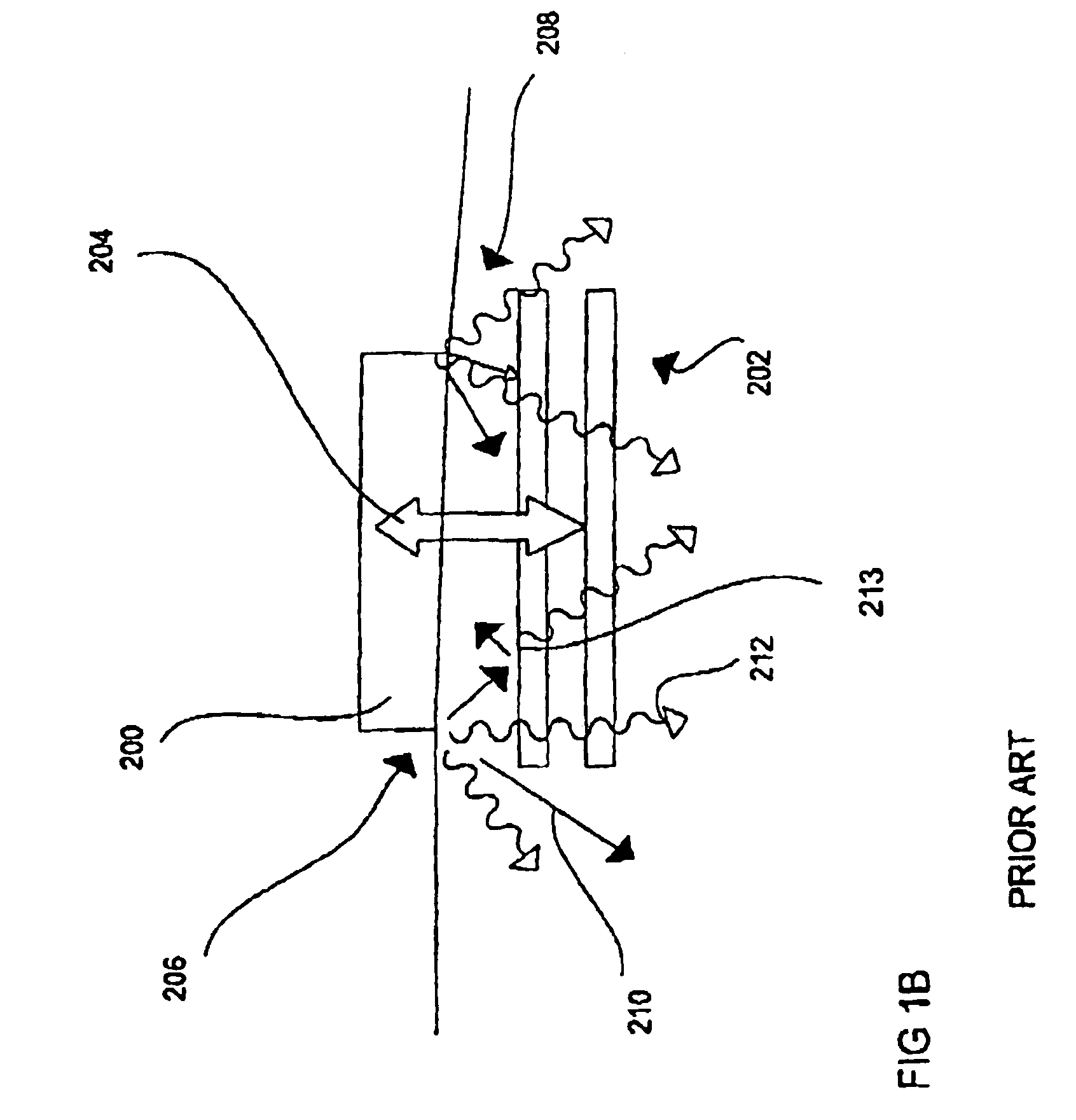Acoustic reflector for a BAW resonator providing specified reflection of both shear waves and longitudinal waves
a technology of acoustic reflector and baw resonator, which is applied in the direction of piezoelectric/electrostrictive/magnetostrictive devices, piezoelectric/electrostriction/magnetostriction machines, etc., can solve the problems of weak acoustic wave damping, viscous loss is unlikely to represent a limiting factor, and the resonance frequency performance is improved
- Summary
- Abstract
- Description
- Claims
- Application Information
AI Technical Summary
Benefits of technology
Problems solved by technology
Method used
Image
Examples
Embodiment Construction
[0060]In the following description of the preferred embodiments, similar elements in the individual drawings are provided with similar or the same reference numerals.
[0061]The present invention provides acoustic mirrors or acoustic reflectors for BAW resonators, which lead to significant improvement of the Q-factor. BAW resonators having the inventive acoustic reflectors are necessary in particular for applications requiring Q-factors larger than 700, such as the above-mentioned employment in antenna duplexers and other filter applications requiring low losses and high selectivity, for example the mentioned US-CDMA filters or W-CDMA filters.
[0062]According to the invention, an improved acoustic reflector / acoustic mirror is provided, which avoids the leakage of acoustic energy (acoustic leakage) in the vertical direction, i.e. in the direction in which the individual layers of the element are disposed on top of each other.
[0063]According to a first preferred embodiment of the present...
PUM
 Login to View More
Login to View More Abstract
Description
Claims
Application Information
 Login to View More
Login to View More - R&D
- Intellectual Property
- Life Sciences
- Materials
- Tech Scout
- Unparalleled Data Quality
- Higher Quality Content
- 60% Fewer Hallucinations
Browse by: Latest US Patents, China's latest patents, Technical Efficacy Thesaurus, Application Domain, Technology Topic, Popular Technical Reports.
© 2025 PatSnap. All rights reserved.Legal|Privacy policy|Modern Slavery Act Transparency Statement|Sitemap|About US| Contact US: help@patsnap.com



